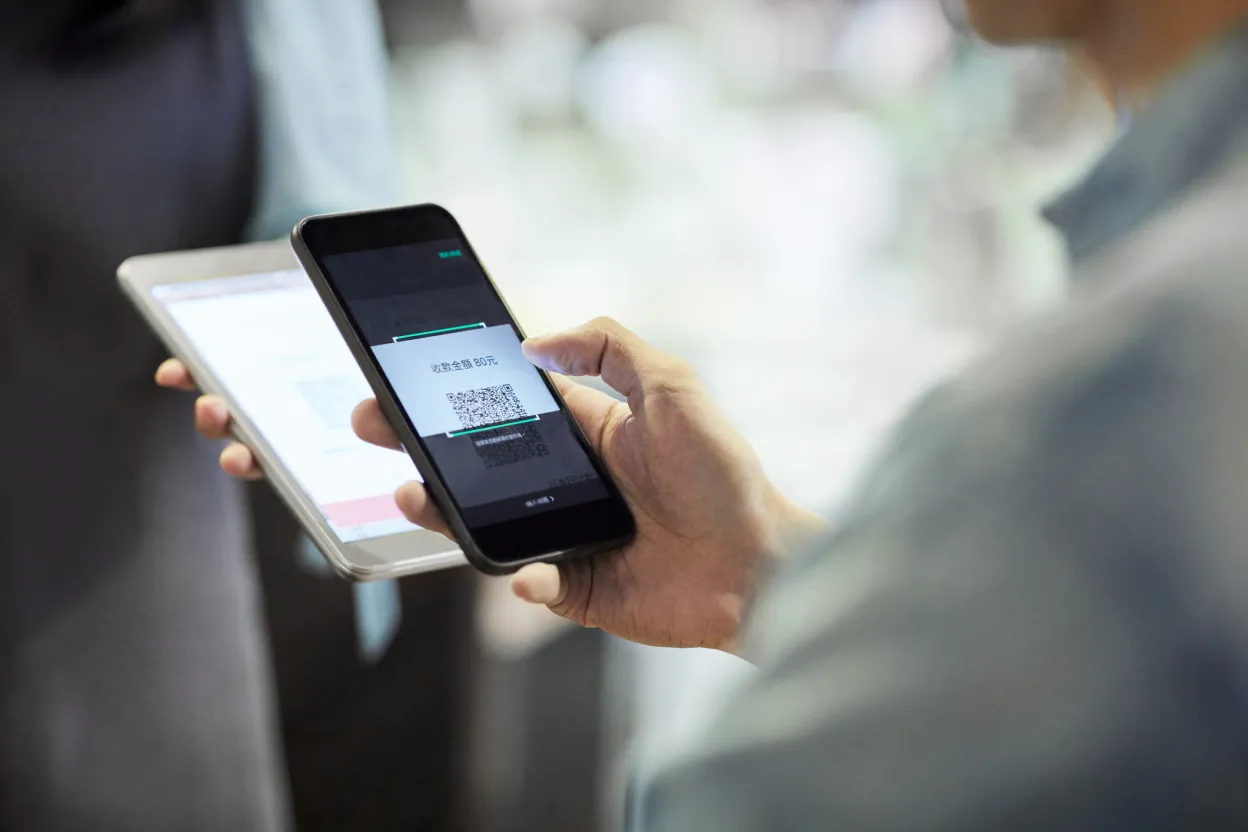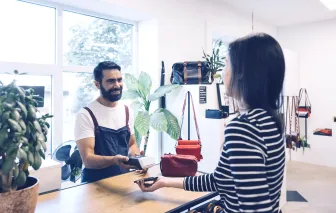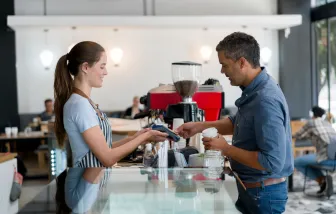ALTERNATIVE IDEAS – Helping retailers embrace the growing number of alternative payment methods
Послухайте цю статтю (Poslukhayte tsyu statyu).

Around the world, consumers are embracing a growing number of payment methods that go beyond traditional cards and cash. These so-called alternative payment methods (APMs) are reshaping the way people pay—both online and increasingly in-store.
Some reports estimate there are around 200 different APMs, while others suggest the number is closer to 450—or even as high as 900. Whatever the exact figure, one thing is clear: the uptake of new payment methods is accelerating fast.
A shift in consumer expectations
Take digital and mobile wallets. Capgemini’s World Payments Report 2021 found that nearly 45% of consumers frequently used mobile wallets to make payments, almost double the 23% recorded the previous year.
While APMs initially gained traction online, expectations are now shifting toward in-store digital payments. A 2021 survey by Blackhawk Network revealed that 63% of shoppers were more likely to buy from a retailer that accepted their preferred online payment methods in-store, and 73% of respondents expected a seamless omnichannel experience, paying the same way regardless of the channel.
What do we mean by "Alternative" Payment?
The term alternative payment method originally referred to anything outside of cash or traditional credit and debit cards. But as the payment landscape has evolved, so has the meaning of the word “alternative.”
For more than a billion users of Alipay, mobile payments are not an alternative—they're the default. In the Nordics, wallets like MobilePay, Vipps, and Pivo are widely used across hundreds of thousands of merchants. And in many markets, Apple Pay and Google Pay have become everyday choices at checkout.
As these methods become mainstream, the label “alternative” feels increasingly outdated. In response, many in the industry have started referring to them as “new payment methods,” but even that can be misleading—some of these solutions have been around for over a decade.
Rather than focusing on terminology, it’s more practical to group payment methods into broad families—such as cards, mobile wallets, QR codes, bank transfers, and more. Each family serves different use cases, geographies, and consumer preferences.
The key for merchants is not to determine which method is “better,” but to offer the right mix of payment options—so that every customer can pay the way they prefer.
QR Codes: From Niche to Mainstream
QR codes may have become more visible during the pandemic, but their use in payments had already been growing steadily before then. In China, QR code payments are well-established. In card-centric regions, they are now gaining traction—particularly among younger, mobile-first consumers.
The pandemic not only accelerated adoption but also helped drive a broader shift from pull payments (merchant-initiated) to push payments, where the customer scans a QR code and initiates the transaction from their own device.
This shift brings key advantages:
- It supports mobile-first habits
- It puts more control in the hands of consumers
- It enables international tourists to use familiar apps like WeChat Pay or Alipay when shopping abroad
As global travel resumes, the ability to accept QR code payments in-store is becoming an important way for merchants to serve both international customers and younger, tech-savvy consumers at home.
A New Way to Segment the Market
The emergence of new payment methods is also introducing new ways to segment the payment experience based on customer needs and behaviors.
This isn’t a new idea. Early credit cards, for example, targeted specific audiences - such as frequent travelers or affluent consumers - before expanding into mass adoption. Over time, issuers and acquirers refined their strategies to serve different segments and use cases.
Today’s APMs are following a similar trajectory. What starts as a popular method in one region or demographic - QR codes in Asia, for instance, or mobile wallets among Gen Z - can quickly become an expected feature across wider markets.
Retailers who want to stay competitive must ensure that these new payment methods are accepted at the point of sale - not just online.
How Ingenico Helps Retailers Stay Ahead
At Ingenico, we help retailers adapt to this fast-changing landscape with flexible, secure solutions designed for today’s omnichannel shopper. Our range of Android-based terminals and developer-friendly tools make it easy to:
- Accept QR code payments, either by displaying a code on the terminal or scanning one from a customer’s mobile device
- Support a wide variety of mobile wallets and local APMs, including international apps like Alipay and WeChat Pay
- Deliver a consistent, secure in-store payment experience that aligns with online expectations
- Accelerate deployment through SDKs, APIs, and flexible integration options
By helping merchants expand their payment acceptance, Ingenico makes it easier to serve every customer—wherever they are, however they choose to pay.
Want to offer more payment choice at checkout? Contact us to discover how Ingenico can help you future-proof your in-store experience.







